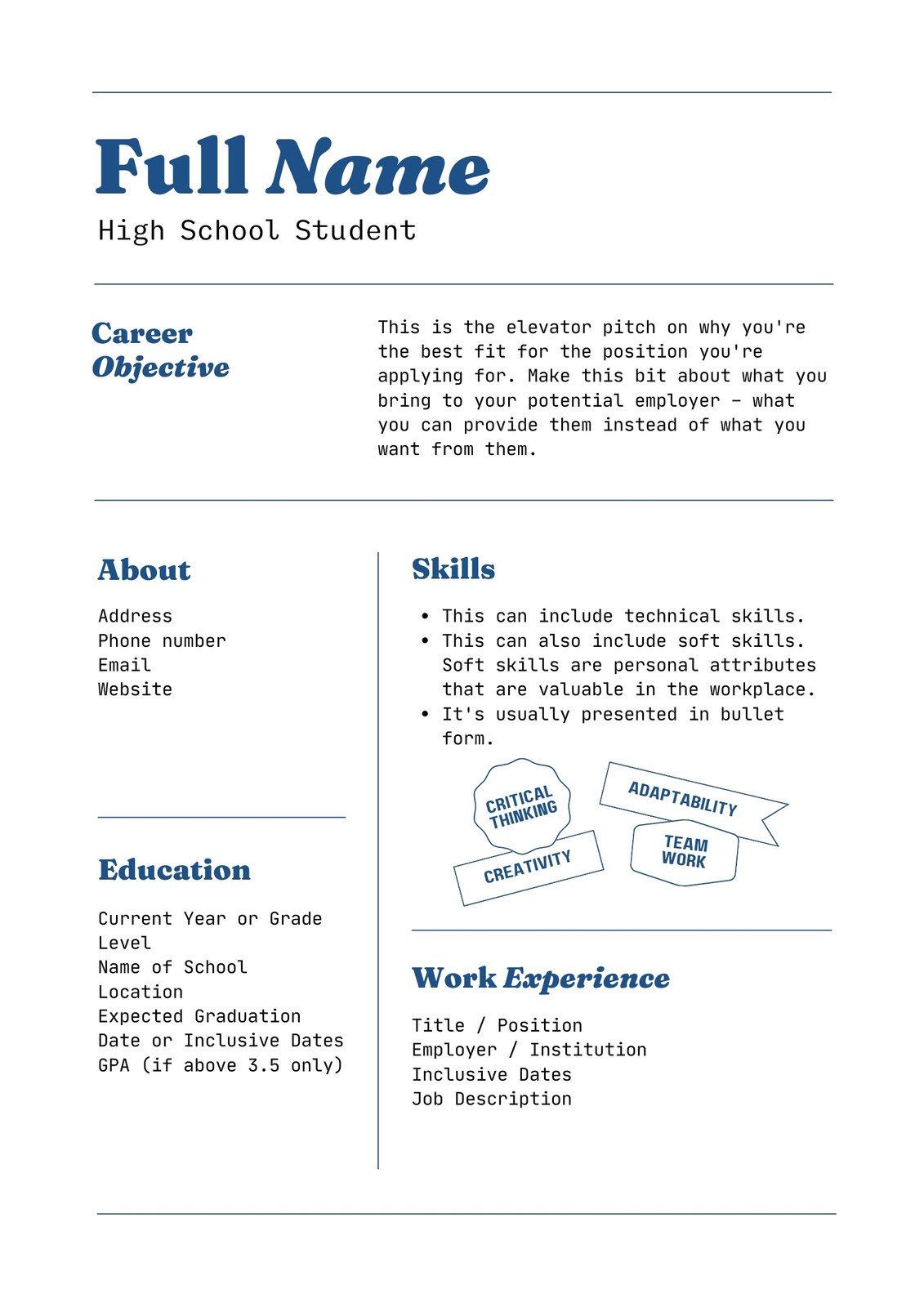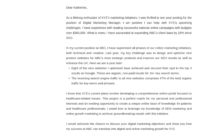Stepping into the professional world for the very first time can feel incredibly exciting, yet also a little daunting, especially when it comes to creating your first CV. You might be wondering, “What do I even put on it if I haven’t had a proper job yet?” It’s a common question, and you’re definitely not alone in feeling a bit stuck. The good news is that every professional started exactly where you are now, and there are smart ways to showcase your potential, even without a long work history.
This article is designed to help you navigate that first step. We’ll explore how to transform your academic achievements, extracurricular activities, and personal projects into a compelling document that catches the eye of employers. Think of a student cv template for first job as your secret weapon, providing a clear roadmap to highlight your strengths and enthusiasm for that dream opportunity, even if it’s just the very first rung on the career ladder.
Crafting Your First CV: What to Include When You Have No Experience
When you’re applying for your very first job, the traditional “work experience” section might feel like a blank canvas. But don’t despair! Employers understand that new graduates and students are just starting out. What they’re looking for instead is potential, transferable skills, and a glimpse into your work ethic and capabilities. Your CV becomes a narrative of your academic journey, your extracurricular commitments, and any initiatives you’ve taken, all framed to demonstrate your readiness for a professional environment.
Start by thinking about everything you’ve done that required responsibility, teamwork, problem-solving, or dedication. This could be anything from leading a school project, organizing an event, participating in a sports team, or volunteering in your community. Each of these experiences has equipped you with valuable skills that are highly relevant to the workplace, even if they weren’t paid positions. The key is to describe these activities in a way that highlights the skills you gained and the positive outcomes you achieved.
Your education section, of course, will be paramount. Beyond just listing your school and grades, consider adding specific courses that are relevant to the job you’re applying for, especially if they involved projects, presentations, or group work that demonstrates sought-after skills. Don’t shy away from mentioning academic achievements, awards, or scholarships. These show dedication, intelligence, and a capacity for hard work, all qualities employers value.

Finally, think about your skills. This isn’t just about what software you know. While technical skills are important, soft skills like communication, leadership, adaptability, and critical thinking are equally, if not more, crucial. Providing specific examples of when you demonstrated these skills will make your CV much more impactful.
Structuring Your No-Experience CV
- Contact Information: Your name, phone number, professional email, and a link to your LinkedIn profile (if you have one).
- Personal Statement or Objective: A brief paragraph (2-3 sentences) introducing yourself, your career aspirations, and what you bring to the role.
- Education: List your most recent education first, including degree/diploma, institution, graduation date (or expected date), and any notable achievements or relevant coursework.
- Skills: A dedicated section for both technical skills (e.g., software proficiency, coding languages) and soft skills (e.g., communication, teamwork, problem-solving).
- Experience (Volunteering, Projects, Internships, Extracurriculars): Detail any non-paid experiences that demonstrate transferable skills. Use action verbs and quantifiable results where possible.
- Achievements/Awards: Any academic honors, scholarships, or special recognitions.
- References: Often stated as “Available upon request” to save space.
Tips for Making Your Student CV Stand Out
Creating a great CV goes beyond just filling in the blanks; it’s about crafting a document that truly represents your best self and aligns with the specific job you’re aiming for. One of the most critical pieces of advice is to tailor your CV for every single job application. While using a student cv template for first job provides a fantastic starting point, it’s never a one-size-fits-all solution. Take the time to read the job description carefully and identify the key skills and keywords the employer is looking for. Then, adjust your CV to highlight how your experiences, even if not directly professional, demonstrate those very qualities.
When describing your experiences, whether they’re from volunteer work, school projects, or part-time roles, always try to use powerful action verbs. Instead of saying “Was responsible for,” try “Managed,” “Developed,” “Coordinated,” or “Implemented.” Furthermore, wherever possible, quantify your achievements. Instead of “Helped organize events,” say “Organized and promoted three charity events, resulting in a 20% increase in attendance.” Numbers and specific outcomes add credibility and show the impact of your efforts.
Presentation matters immensely. A clean, well-organized, and error-free CV reflects positively on your attention to detail and professionalism. Proofread your CV multiple times, and consider asking a friend, family member, or career advisor to review it for any typos or grammatical mistakes. Ensure the formatting is consistent, with clear headings and readable fonts. A cluttered or messy CV can distract from your qualifications, no matter how impressive they are.
Remember that your CV is often the first impression you make. Make it a positive and memorable one by being thorough, precise, and thoughtful in how you present yourself. Even without extensive work history, your dedication to creating an excellent CV speaks volumes about your work ethic and commitment.
- Keep it concise: For a first job, aim for one page. Recruiters often spend only a few seconds reviewing a CV.
- Use a clear, readable font: Stick to professional fonts like Arial, Calibri, or Times New Roman, in a size that’s easy to read (usually 10-12pt for body text).
- Save as PDF: Always save your CV as a PDF unless the application specifically requests another format. This preserves your formatting.
- Get feedback: Ask trusted mentors or career advisors to review your CV. A fresh pair of eyes can spot errors or suggest improvements you might miss.
As you embark on your job search, remember that every application is a chance to learn and refine your approach. With a well-crafted CV, you’re not just presenting your past, but also hinting at your future potential. It’s about articulating your enthusiasm and demonstrating how your unique blend of skills and experiences makes you a valuable addition to any team, even as a newcomer.
So, take a deep breath, approach this with confidence, and know that you have plenty to offer. Your journey into the professional world is an exciting one, and a strong CV is your first big step towards achieving your career goals. Good luck!
